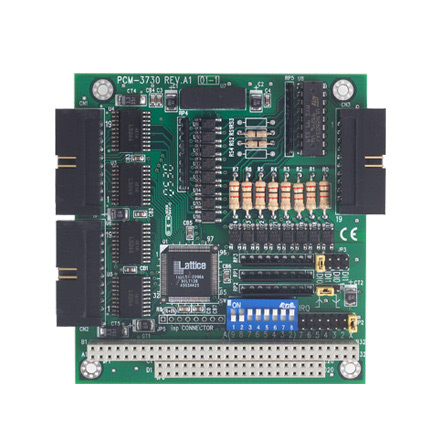

The Emergence and Advantages of Float Glass Panels in Modern Architecture
In recent years, float glass panels have become a cornerstone in modern architecture, revolutionizing the way we design, build, and experience spaces. This low-cost, high-quality glass is produced using the float glass process, a method that ensures uniform thickness, smooth surfaces, and exceptional clarity. As we explore the attributes and applications of float glass panels, we unveil their profound impact on contemporary architectural practices.
Understanding Float Glass Production
The float glass process was invented in the 1950s by Sir Alastair Pilkington. It involves floating molten glass on a bed of molten tin, allowing the glass to spread evenly and form a flat, smooth sheet as it cools. The resulting product is characterized by its outstanding optical qualities, including high transparency, minimal distortion, and a flawless surface finish. These properties make float glass an ideal choice for a wide range of applications, from windows and facades to high-tech installations.
Applications of Float Glass Panels
Float glass panels are versatile and can be utilized in residential, commercial, and industrial environments. In residential architecture, these panels are commonly used in windows and doors, allowing natural light to flood into interiors while maintaining thermal insulation. The transparency of float glass enhances the connection between indoor and outdoor spaces, creating a sense of openness and tranquility.
In commercial settings, float glass is frequently employed in the construction of glass facades, curtain walls, and skylights. These installations not only contribute to the aesthetic appeal of a building but also improve energy efficiency. Modern float glass panels can be treated with low-emissivity (low-E) coatings that minimize heat transfer, helping to regulate indoor temperatures and reduce energy consumption for heating and cooling.
Additionally, float glass can be used in high-tech applications, such as smart glass and solar control devices. The development of dynamic glazing technologies allows building occupants to manipulate the transparency and shading of glass. As a result, float glass plays a crucial role in sustainable architecture, providing innovative solutions that respond to environmental needs.

Thermal and Acoustic Insulation
The benefits of float glass panels extend beyond aesthetics; they also offer excellent thermal and acoustic insulation properties. Double or triple glazing options can be combined with float glass to enhance energy efficiency further. These configurations significantly reduce heat loss during winters and minimize heat gain in summers, thus leading to lower energy bills and a smaller carbon footprint.
In terms of acoustic performance, float glass panels can effectively dampen external noise, creating quieter and more comfortable indoor environments. This feature is particularly valuable in urban areas, where noise pollution can be a significant concern. By incorporating float glass in their designs, architects can create serene spaces that promote relaxation and focus.
Sustainability and Environmental Impact
The production of float glass panels has also developed into a more sustainable process. Many manufacturers are implementing recycling programs, where post-consumer glass is reclaimed and reprocessed into new glass products. This not only reduces waste but also conserves natural resources and energy used in glass production.
Furthermore, the long lifespan of float glass panels, combined with their energy-efficient properties, means they are an environmentally responsible choice for builders and architects. These aspects significantly contribute to achieving green building certifications, such as LEED (Leadership in Energy and Environmental Design).
Conclusion
In summary, float glass panels are more than just a functional element in modern architecture; they represent a synthesis of aesthetics, efficiency, and sustainability. Their remarkable clarity and versatility make them indispensable in contemporary design, while their energy-saving features align with the increasing emphasis on environmental responsibility. As we embrace these innovations, float glass will continue to shape the landscape of modern architecture, providing endless possibilities for creative expression while fostering a sustainable future.